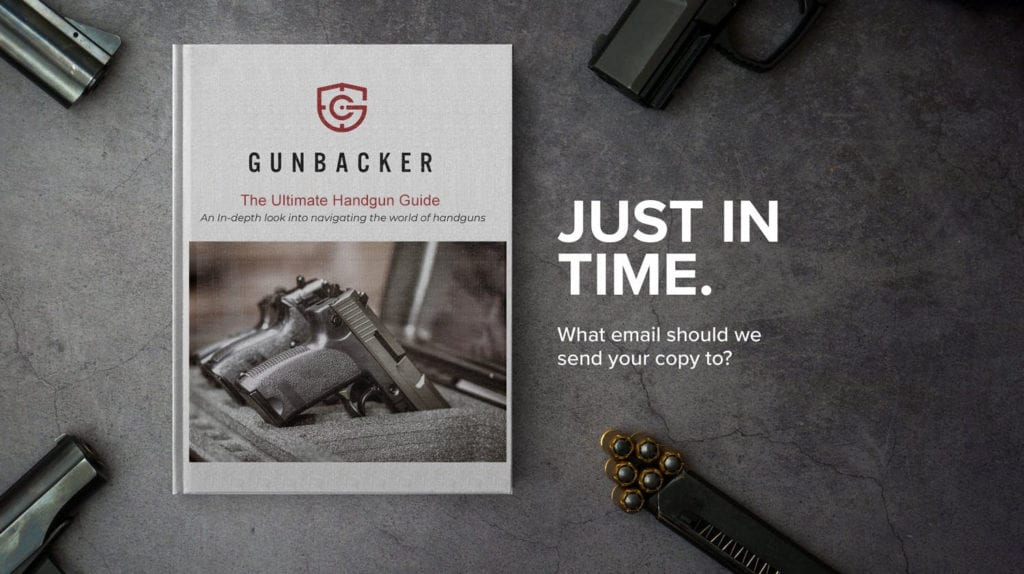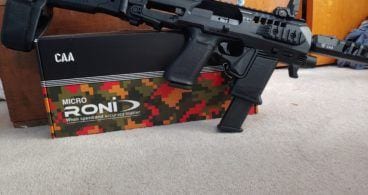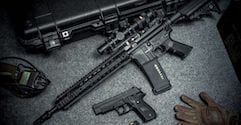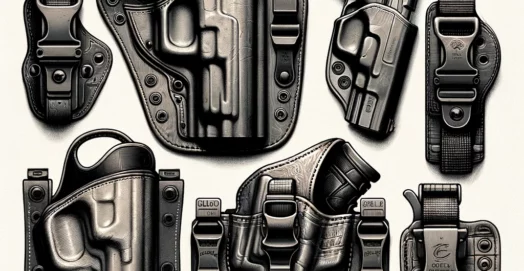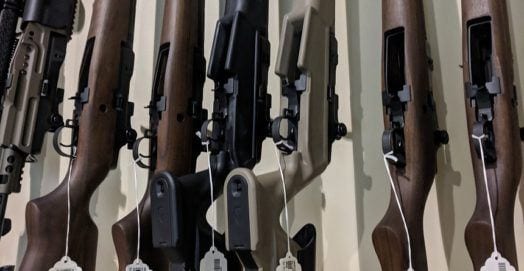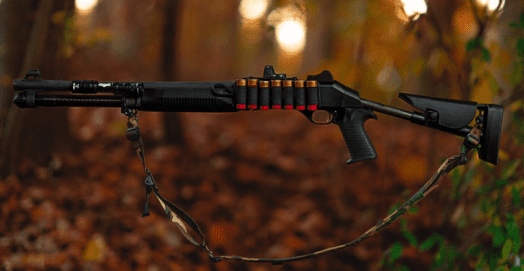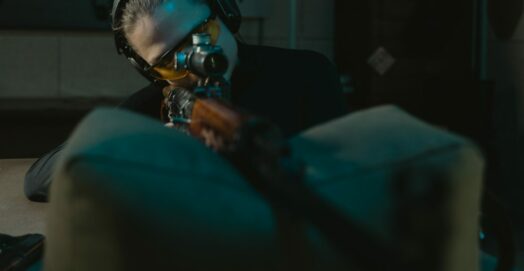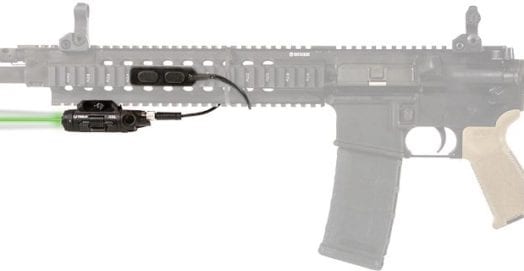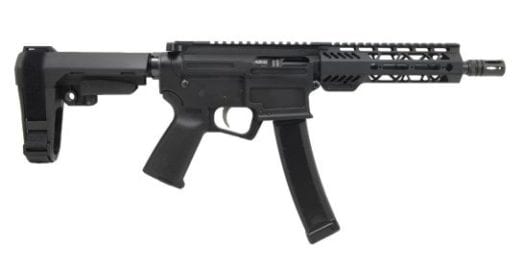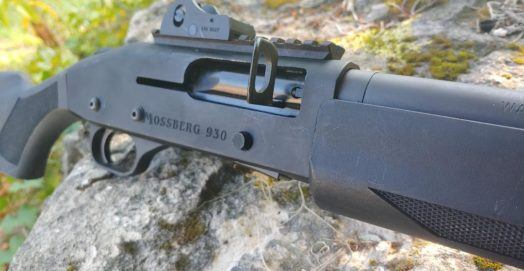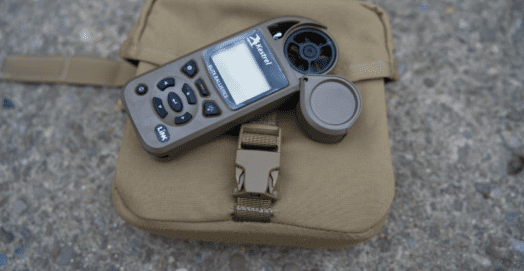The Ultimate DMR Guide

DMR Scenario
Despite what the forecasts all said, this storm was the big one. Power is out, and is going to be out for the foreseeable future. Your disaster prep is going to come into play for a while: nobody really knows when FEMA might show up, and local emergency response went to about zero when the phone lines and cell towers went down. Fortunately, you and your neighbors have made a plan for this and assigned shifts on the neighborhood watch, so you can keep an eye on things until normal order gets restored.
Today, you’re on the first watch, just after dawn. Everything seems basically normal as you walk around the neighborhood. That is, until you turn the corner down the lane. You see a group of people you don’t immediately recognize. Five of them, you notice. All walking in a kind of disorganized line. That’s kind of weird. Not a lot of people have been going for casual strolls in the days since the storm rolled through town, too much debris and too many down power lines to make that a good idea.
With a kind of uneasy feeling, you take a knee behind a hedge to get a better look. You sling your rifle on your back and look through the binoculars you had around your neck. That’s not good. All of them seem to have long guns- three with what look like rifles and the other two carrying old shotguns. On a normal day, that would be bad. After a hurricane, that’s seriously bad.
They’re about 300 meters down the road, right at the edge of your neighborhood. Luckily none of them have spotted you as of yet. So, for the second, you watch, seeing what they’re up to and hoping they just turn around and go elsewhere. Nothing to see here, just a quiet little street. The neighbor at the end of the block comes out on his front porch, his dad’s old hunting shotgun in hand. Before he can so much as ask these trespassers what they might want, all five of them open up on him. You drop down behind the hedge before you see what happens. Now you unsling your rifle and prepare to pop back over and start engaging them before they can get anyone else in your neighborhood. You’ve found yourself, now, in a DMR scenario.
Contents
DMR Basics
What exactly is a DMR scenario?
In a previous article, we covered CQB, or close quarters battle. Now, we’re going to extend the range out a little bit more and cover a different sort of combat, including a basic introduction, some concepts, and the kit we think you might find handy in DMR use.
First of all, a simple definition. DMR stands for Designated Marksman’s Rifle. As a concept, it grew out of the increased mobility of warfare in WWII. The First World War was basically a trench conflict, with people shooting at each other with artillery, or trying to make 1000m shots in between trenches and into no-man’s-land, with occasional trench raids where CQB became the order of the day. In WWII, on the other hand, mechanized and mobile warfare meant that the combat environment would become a lot more dynamic, and a lot less predictable.
For most nations, the basic combat unit became the infantry squad. In that squad, most men would be armed with a rifle, mostly of the bolt action variety, without a scope and there would often be one machine gunner per squad, a few per platoon, with riflemen carrying ammo for the machine gunner. This was an attempt to stay foot mobile, but left the squad, in some cases, vulnerable to being engaged from medium distances, from about 200m to 800m or so. With the kind of movement involved, neither a crew serve machine gun, nor the slow, thoughtful sniper element would do. So, several countries sought out to develop rifles that fired full size rifle rounds, came with optics to get some range, but were semi automatic, to both make for faster follow up shots, but also to give the designated marksman a chance in closer urban combat as well, where a bolt gun is just too slow.
This tactical thinking led to some of the best weapons designs of the war. Most notably, the Soviets fielded the SVT 40, the Germans copied that design for their Gewehr 43, and the US fielded the M1d, a Garand with attached optical sight.
The concept stuck. After the war most NATO countries would adopt a battle rifle along the lines of the DMR concept, issuing some with scopes. This trend has continued into modernity, as we’ll list below.
There are a few elements that distinguish DMR use. First and foremost, the designated marksman is mobile. This makes a DMR both distinct from the slower sniper concept, as well as ideal for disaster prep. Similarly, the DMR is flexible. No, battle rifle use is not as quick as CQB, or as capable of 1000m shots as a dedicated sniper but the rifle can be pressed into basically any role, at any time, while maintaining a strong presence in the moderate range where a normal carbine just won’t hack it as well. Overall, it’s a flexible concept that many of you will likely find very attractive.
So, what guns would be considered a DMR?
Well, actually quite a few. Here, we’ll list five of the more popular, or legendary firearms that will fit well into the category, with a few honorable mentions as well.
The M1A

Springfield armory has been making the civilian version of the m14 for a few decades now, and it ticks all of the battle rifle boxes. It’s mobile, semi-automatic, and fires .308 ( or, now, 6.5 creedmore). There are a few other manufacturers as well, such as Fulton Armory, or, if you’re in Canada, Norinco. Regardless of the source, the idea is the same- stick a scope on an m14 and you’re good out to 800m or so, skill and ammo depending. This is actually what the US has been doing in Afghanistan, reissuing the m14 with some work as the M21, or the M14ebr if you have the dough for the all aluminum chassis and fancy bedding work. Honorable mention in this category goes to the old school version, the m1 Garand. Nearly 75 years on, and eight rounds of 30-06 is still no laughing matter down range.
G3

This HK design did not earn its reputation for excellence for nothing. Sold in the US often as the PTR 91, this .308 battle rifle might be heavy, but she holds her own at some respectable distances. Since the 1980’s, many police departments around the country have been issuing these with scopes to their SWAT teams for just the kind of dynamic shooting environments we described above. Feeding from 20 round magazines of 308, this rifle is well trusted by many professionals in military and law enforcement. If you’re into HK’s roller locked designs, this is the firearm for you. Also, the manual of arms is identical to the mp5, which, if you have one, means that the training duplicates. Yes, that means you’d get to do the super cool HK slap to rechamber after inserting a new magazine. PTR makes these with picatinny rail sections on the top of the receiver, so you can, and should, mount an optic of your choice.
The FAL
This rifle is known as the right arm of the free world, and that reputation is well earned. A lot of people have carried this rifle into some truly bad days, and managed to tell the tale. It’s also one of the very few rifles to be issued on both sides of an interstate war, the Falkland Islands campaign, where both the UK and Argentina fielded the FAL. The Argentines did not, however, field Harrier jets, but that’s not the subject here. The FAL is a battle rifle icon- it takes 20 round magazines of 308, fires them semi-automatically, and can do so under truly awful conditions. There have been a lot of different furniture sets for these over the years. Some personal favorites of ours include the para versions, which feature folding stocks, or the Israeli variants, which sport gorgeous wood furniture. For a modern twist, though, go for the SA58 variants that have picatinny rail, making the mounting of optics a breeze.
The AR10

While a lot of Americans were really dreading another day carrying an m14 through knee deep mud in the Mekong Delta, Eugene Stoner was hard at work on his major rifle design. His first major rifle design. Not that littler one that fires a .223. It’s older, badder brother, the AR10. Basically, it’s an AR15 that fires .308. Same manual of arms (unless you get one of the vintage models with a top charging trigger, Brownells has one now), just everything is a little beefier. The concept fell out of favor for a while, but was famously resurrected by Knight’s Armament for the SR25 project, a request by the special warfare community to put bigger holes in things at longer distances. The major benefits here are the light weight and ability to mount all of your favorite AR gadgets to the rifle.
Dragunov

Basically the spiritual successor to the SVT 40, it’s been seen on battlefields ranging from Afghanistan, to Vietnam, to Afghanistan again. The design was so good that the Chinese stole it from the Soviets, and the Iranians stole it from the Chinese. It is not, despite popular belief, just a beefier AK47. That would be an RPK. A fine rifle, but no DMR. The SVD has basically none of the same parts, and was intended from the get-go to be a DMR. In a similar spot is the SCAR 17 heavy. They came from two different sides of the world, from two different ideologies, but share a remarkable amount- they’re both piston driven DMR’s meant to make life in the Afghani mountains difficult for insurgents. Also, they’re both really expensive on the American market. Pick up whichever one you think suits you best, toss on a scope, and head for the range.
DMR Kit
With those awesome rifles on offer, it’s time to think about the rest of your kit a little. Recall that one of the cores of the DMR concept is mobility and a second major concept is flexibility. That said, these pieces of gear will help you out in a DMR scenario.
- First, get your feet in some good boots. The difference between a well worn in, quality pair, and junk boots will become readily apparent about five miles into a patrol. Get something that works well for your feet and you will thank yourself later.
- Speaking of your feet, get better socks. No, we’re not kidding. A good pair of socks is the infantryman’s second best friend, with the rifle being first. It’s hard to be dynamic and flexible in a disaster prep situation if you’re nursing blisters that will turn into infections. Actually, get two pairs and rotate them. Dry feet are happy feet, to quote every drill instructor on the planet.
- A plate carrier with magazine pouches. DMR’s are usually semi-automatic. That said, it’s pretty easy to put 20 rounds of 308 over the heads of some distant scumbags. If you do, you’ll want another magazine handy, and a few more after that. If you can keep them in mag pouches in easily accessible spots, all the better.
- IF you’re going to be mobile, you’re going to need to bring some kit with you. A good backpack will help you out. In fact, we’ve done an article on just that in the past.
- On the move, the thirst is real. Keep yourself hydrated and not having to stop to take swigs out of old canteens. Instead, consider a hydration bladder that you can route in some convenient way.
- You’ll also probably get hungry. We have you covered there as well.
More DMR Considerations
In this article we’ve tried to show the utility of the DMR concept. In a lot of ways it’s a recognition of the dynamic nature of modern infantry warfare. With any given scenario, it’s hard to tell whether you’ll be engaging at 50m or 800m. Thus, the battle rifle is a go to here, with its ability to put down full length rifle cartridges in rapid order, but also with some finesse.
On that rifle, we recommend a few things. First, a must, is a sling. You’re going to, more than likely, spend a lot more of your time walking than shooting. A ten pound AR10 is not heavy, until you’ve been carrying it for three days straight through mountains. Second, another must, is an optic. There are some really slick setups that might work well with a DMR, such as a dot and magnifier, but there’s little wrong with an old school 1-6 power optic for a DMR. Something with a flexible reticle, such as an ACOG or a copy, are fantastic DMR options. A lot of folks will also consider bipods, grips, lights, toasters, and other doodads to attach to the rifle. And that’s fine. If you shoot better with a bipod, more power to you. But, recall that every once you add now, is an ounce you’ll be carrying, and an ounce less of ammo you could bring to bear.
Parting Shots…
Also central to the DMR concept is the R, the rifleman. That would be you. Your kit should be oriented around making you comfortable and mobile in your local conditions. Keep your feet dry and comfy, get hydrated, and keep the calories coming. If you do all that, you’ll be ready and able to engage should the need arise. Also, do not discount training. In anyone’s hands, these rifles are all competent. Give an M1A or a FAL to an expert marksman, though, and anyone with any sense inside of a kilometre will be keeping his head behind the heaviest object he can find. We hope you got some use out of this information, and our connected series of more tactical articles. While we do purposely present worst case kinds of scenarios, it’s our hope that running though these as mental exercises can help you prepare better for the situations we might actually face in our lives. As always, be safe, practice as much as you can, and keep preparing for whatever DMR scenario might head your way.
